Keywords: case report, Palliative care, Homeopathy, end of life support, caregivers
Abstract:
Homoeopathy provides individualised care for patients according to their need in each level of disease. Whether it serves as curative or not depends upon the levels of health of the patient. If not curative it can be palliative with long term comparative ease and symptom management either standalone or in terminal cases with grave conditions in tandem with other supportive therapies.
This case report is of providing end of life support to ease symptoms and relatively peaceful demise. It was used alongside counselling and support extended to family who were already aware of the prognosis, yet found it difficult to come to terms with it.
Main takeaway:
Homeopathy could be a forerunner in providing palliative care as it has potential to ease symptoms usually not yielding to conventional therapies. It can serve as adjuvant therapy in treating severe symptoms like pain.
Introduction:
The goal of palliative care is to relieve the suffering of patients and their families by the comprehensive assessment and treatment of physical, psychosocial, and spiritual symptoms experienced by patients.
Although palliative care, unlike hospice care, does not depend on prognosis, as the end of life approaches, the role of palliative care intensifies and focuses on aggressive symptom management and psychosocial support. (1)
Globally, it is estimated that palliative care is needed in 40-60% of all deaths. According to the WHO, the global need for palliative care will continue to grow as a result of the ageing of populations and the rising burden of non-communicable diseases and some communicable diseases.
Early delivery of palliative care reduces unnecessary hospital admissions and the use of health services. Each year an estimated 20 million people are in need of palliative care in the final year of their life and this case report lays emphasis on this cost reduction as caring for the elderly with Oxygen delivery at home was cumbersome and keeping the patient at hospital was not feasible. After homoeopathic intervention the need for oxygen was reduced and caring for the patient at home was easier.
Patient Information:
Mrs.S, aged 74 years has severe right side throat pain, unable to eat due to pressure in throat, cough soon after lying down, body pains which drives her to scream especially at nights.
She was hospitalised on May 23th – to June 1st as she had body pains; she had a sick feeling, and was not able to walk to the bathroom. Cough was severe while lying down,
It was a cough variant of asthma with breathing difficulty and she had to stay in hospital for ten days till June 1st of which 7 days she was in ICU with oxygen levels dipping as low as 74 to at times 54. (Image.1& 2)
Primary concerns and symptoms of the patient:
Her diagnosis was Cor Pulmonale, pulmonary hypertension with COPD. Doctors said it is difficult to bring back to normalcy and to be given oxygen till she holds breath. With oxygen in constant supply her levels will be between 73-84 initially but now at 99, without it, she had difficulty taking a breath.
Presenting history:
Cough severe with a little white expectoration which upon raising gave relief. Cough <<night, << cold weather, > open air; but < fanning. She has severe constipation which needs regular use of laxatives.
Past history:
She had hysterectomy at the age of 45 due to heavy bleeding and prolapse, Her asthma had aggravation in summer andshe had multiple allergies better by asthalin and a few other drugs only when needed.
Her husband died when she was 40 years of age and since then brought up two daughters on her own strength and got them married off. Since then she lived alone managing all household chores and her livelihood. One year back she came to Bangalore but lived in a small house independently. One month back she came to her daughter’s house because she got sick and was unable to do her chores.
Analysis:
This is a gross pathological case and emergency situation and oxygen therapy is also giving satisfactory results. After O2 therapy, saturation will be 99 but 84 or below on removal.
First considered was Cor Pulmonale, pulmonary hypertension with symptoms –
1.Air hunger,
2. Better by open air but aggravated by fanning,
3.likes hot water/ drinks, other symptoms
a) Head heaviness
b) abdomen pain soon after eating less appetite and easy satiety.
c) Unable to swallow solids and liquids too with throat pain.
d) Sleeplessness with cough upon lying down, body pains making her scream with pain at midnight
.Treatment course was started and advised to keep these medicines handy.
18/06\22, 8:11 pm:
Carbo Veg 6c one dram pills
Antim tart 6c
Bryonia 6c
Natrum sulph 6x 20gms
Day one carbo veg 30 (6 C was not available) one pill dissolved in half glass water one spoon every one hour once, next day onwards fresh solution thrice a day divided dose.
Next day morning her daughter reported her oxygen level dipped to 54 the previous night after the first dose of carbo veg and as I had briefed since the situation is grave and homoeopathy can initiate the death process too. She thought it’s her mother’s end stage.
But after subsequent water divided doses of one spoon every hour her oxygen level improved. It could be because of higher potency than she needed, as prof. Vithoulkas advises to use below or at 14C in grave pathological cases in his levels of health book.(page no.53 last paragraph)
Next day added antim tart 30 one pill water dose OD as expectoration was more and rales were heard. On 20/06, 11:04 am Bryonia 30C has to be given 1 pill with half glass water and one spoon 3-4 times a day for cough, constipation and malaise.
On 23/06, 10:57 pm her daughter reported : mother has severe stomach ache. So what has to be given? As Mag phos 200 was at her home, so advised her daughter to give it immediately for quick relief. Subsequent days most of the problems were reduced and she was able to take ganji (broth), soft food items. It’s not total lack of problems but intensity reduced and bearable for onlookers too. They were concerned about neighbours, as she would scream at midnight with malaise. That was reduced and she slept better than before.
25/06, 6:08 am: I asked her daughter to give rhus tox 1 pill with half glass water one spoon once only for throat pain and severe body pains.
28/06, 7:47 pm Mag phos 6x 4 pills in hot water with half glass water one spoon every one hour once for immediate relief of abdomen pain.
By day 3 her oxygen level reached 84 without O2 supply. Only at night for safety reasons as well as for daughter’s sound sleep, she will give oxygen for 4 hours then reduced to one hour by the end of one week. Now the oxygen level is between 84 to 90+ without any support.
Her chronic constipation remained the same. Even laxatives did not relieve much. So Plumbum iod 30 was prescribed to be given OD for one day and to report. It helped her relieve the complaint and she is maintaining a certain degree of comfort.
Was still on inhalers or seroflo occasionally for respiratory problems when encountered. Asked not to be complacent, do whatever is needed immediately. But no medication, as she has no diabetes or such daily medication.
So, the pattern was set like this:
- Carbo veg daily dose one pill
- Add Antim tart if cough with expectoration.
- Add croton tig with carbo veg if cough is severe at night on lying down in bed
- If wheezing severe then seroflo/inhalers
- Body pains, throat pain Rhus tox
- Constipation Plumbum iod
- Mag phos for pains like abdomen pain
- Natrum sulph for head heaviness, cold and sneezing.
- If one medicine is not helping much, the next one added or conventional medicine given as prescribed by the doctor if the symptom is severe, but that was not the case. Mostly she got relief.
23/07, 3:13 pm had asked them to get Lobelia inflata 30 one dram pills
Ammonium carb 6. Kali mur 200 but due to some reasons they couldn’t get those medicines.
On 21/08, 5:33 pm her daughter had asked “Madam can I call you, its urgent”
But I hadn’t seen my phone till 22/08/22, 6:43 am and on that day she had passed away peacefully.
Patient- care giver assessed outcomes: As this is an acute exacerbation of chronic case with life in danger, medicine is added on a daily basis. This is Dr.Burnett’s method of step ladder where in palliation or end of life care medicine needs to be used in sequence quickly.
After 3 days carbo veg was stopped briefly and her oxygen levels dipped to 75 so added again. Antim tart was stopped after 3 days as expectoration was less and the cough was resolved. Rhus tox stopped after 2 days after body pains reduced and her throat pain resolved much. Now on carbo veg, mag phos when needed and other medicines added as needed. So, it was regular follow up as needed and after adding homeopathy her daughter reported:
- Food intake improved.
- Slowly walked to bathroom and came back with support
- Cooperated actively in her care.
- Her bed sores healed within a week. (Images 3 & 4&5.)
- Her asthma, cough became minimal and Spo2 was at 84 to 92, stable not dipping below 70 thereafter.
- General sense of wellbeing and good night’s sleep to her caregivers.
Discussion:
Palliative care is an approach that improves the quality of life of patients (adults and children) and their families who are facing problems associated with life-threatening illness. It prevents and relieves suffering through the early identification, correct assessment and treatment of pain and other problems.
Palliative care is the prevention and relief of suffering of any kind – physical, psychological, social, or spiritual – experienced by adults and children living with life-limiting health problems. It promotes dignity, quality of life and adjustment to progressive illnesses, using best available evidence. Essential practices for primary palliative care physical care needs listed under WHO guidelines:
- Pain (all types)
- Respiratory problems (dyspnoea, cough)
- Gastrointestinal problems (constipation, nausea, vomiting, dry mouth, mucositis, diarrhoea)
- Delirium
- Wounds, ulcers, skin rash and skin lesions
- Insomnia
- Fatigue
- Anorexia
- Anaemia
- Drowsiness or sedation
- Sweating
If we examine the above case report, homeopathy has met nearly all the essential care points relevant to this case. So, homeopathy should become a mainstream provider in PC as much relief with low cost and great treatment adherence as well as tolerability even in the aged or very in terminal cases is witnessed.
Palliative care is an important part of healthcare which is an emehging stream and it’s what we do with our benefactors day in and day out. We Homoeopaths could be a great source of support providers which is indigenous to our profession.
When I was talking to a professional who is an anesthesiologist and I mentioned that homeopaths care for our patients for ten twenty years which is natural for us, he was very surprised. Basically anaesthesiologists are in palliative care and they concentrate on pain relief, but the advantage of homeopathy is, it can turn seemingly palliative cases into curative ones, if the individual’s level of health is improved after treatment. Horizons are vast and we need the vision to hold the sky in our arms, we need to “Think big”.
Hail homoeopathy
References:
- Rome RB, Luminais HH, Bourgeois DA, Blais CM. The role of palliative care at the end of life. Ochsner J. 2011 Winter;11(4):348-52. PMID: 22190887; PMCID: PMC3241069.
- Global atlas of palliative care at the end of life
- Planning and implementing palliative care services: a guide for programme managers

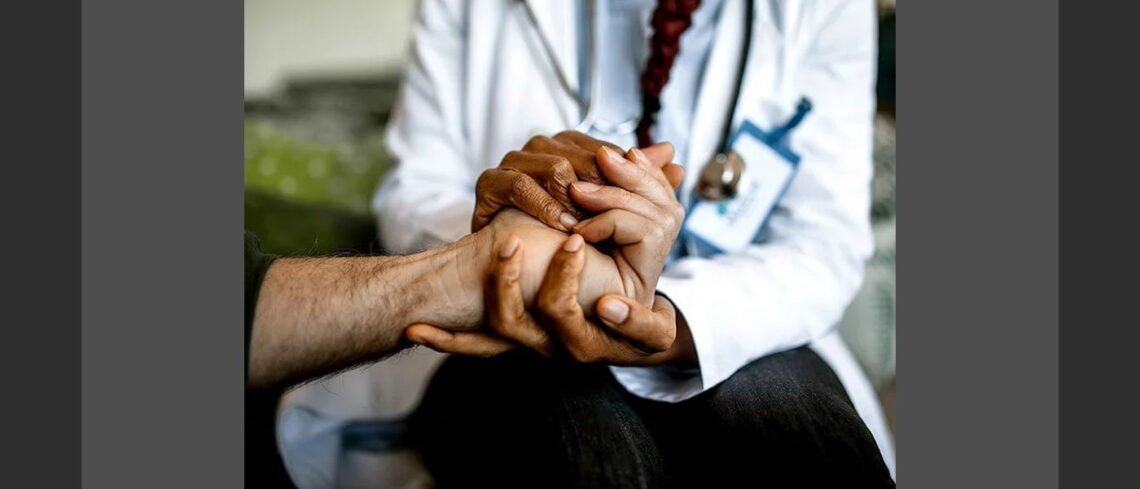

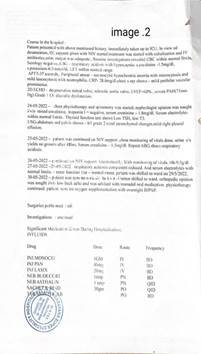
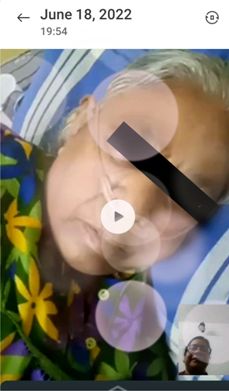

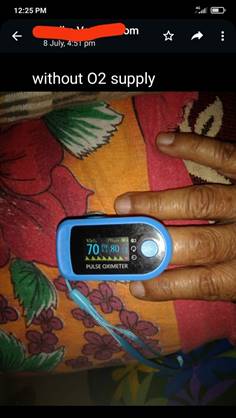
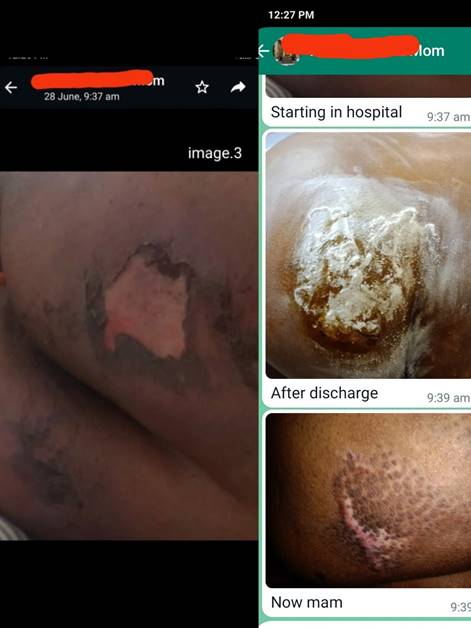
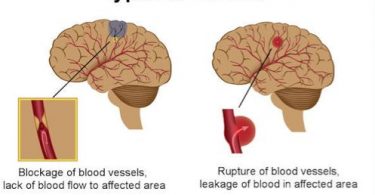
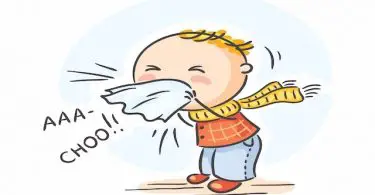


Tarentula Cubensis is also to be remembered for the pains of death .